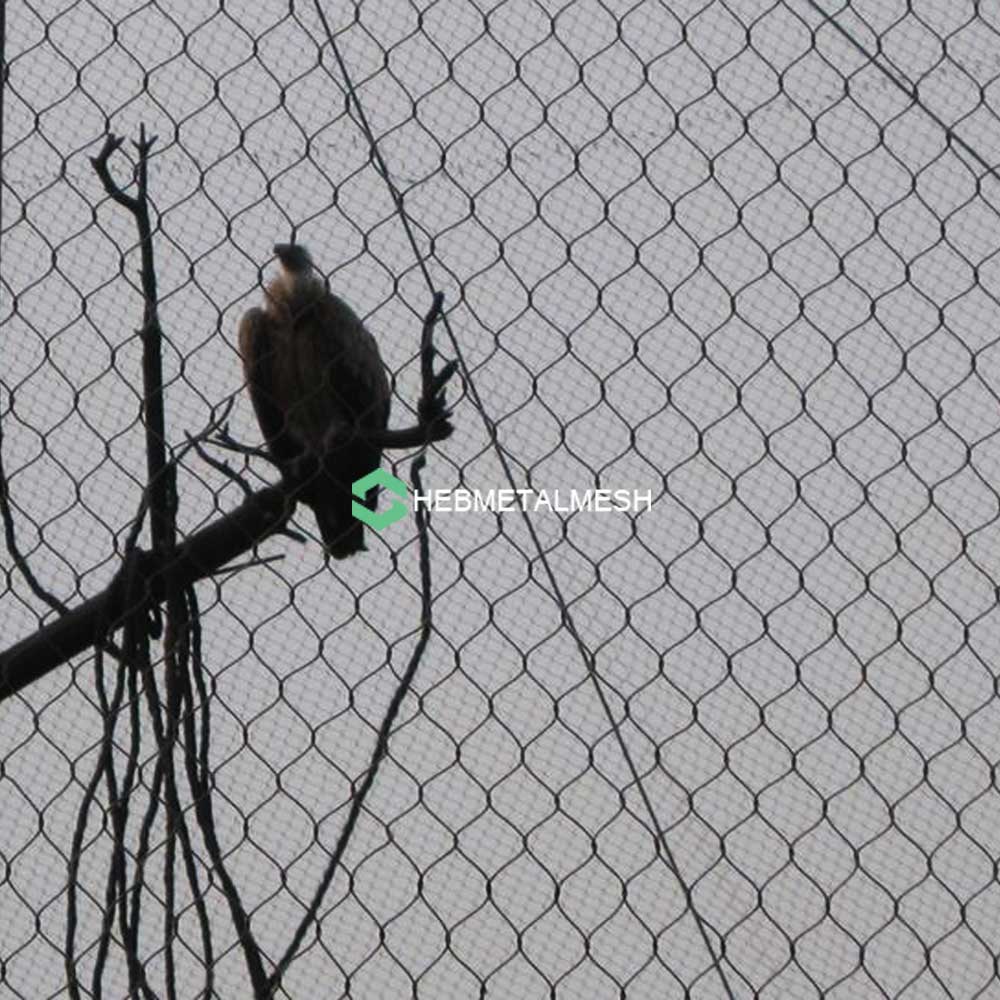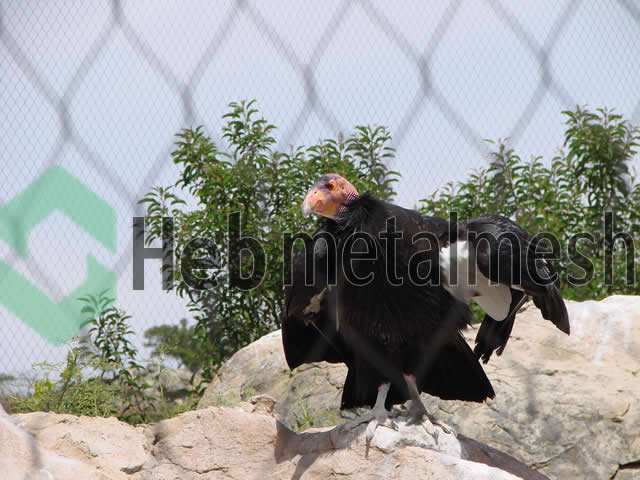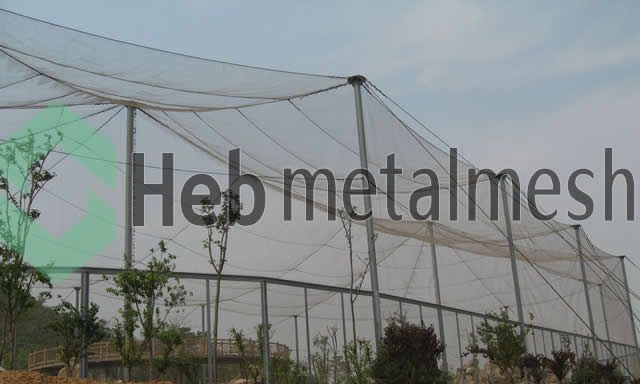Understanding Aviaries and Their Importance
Aviaries serve as spacious enclosures designed primarily for birds, allowing them to thrive in an environment that mimics their natural habitat. The primary purpose of an aviary is to provide ample space for birds to fly and interact, enabling them to engage in essential natural behaviors. This is particularly crucial for species that require larger areas to exercise their wings, explore, and socialize. Not only do aviaries benefit the avian inhabitants, but they also play a significant role in fostering a deeper relationship between birds and their owners.
One of the key advantages of building an aviary is the enhanced quality of life it offers birds. Unlike conventional cages, aviaries provide an open space where birds can fly freely. This freedom is vital for their physical health, contributing to muscle development and overall well-being. Additionally, the environment must be enriched with appropriate perches, plants, and toys, which stimulate the birds’ mental agility, reducing the likelihood of stress and behavioral issues. A thoughtfully designed aviary encourages natural foraging and exploration—two behaviors that are often suppressed in smaller cages.
Furthermore, aviaries serve as an educational tool for bird owners, allowing them to closely observe their pets’ social interactions and behaviors in a more natural setting. Observing how different species relate to one another within an aviary can foster a sense of appreciation for avian diversity. Establishing an aviary also positively impacts conservation efforts; it provides a sanctuary for rescued or rehabilitated birds and can even facilitate breeding programs for endangered species.
In summary, an aviary is not merely a structure to house birds but a crucial element in their care. It promotes their health, happiness, and enables owners to connect more profoundly with their avian friends. Creating a safe, comfortable, and stimulating aviary environment is essential for the well-being of birds and a rewarding experience for their caregivers.
Key Considerations When Building an Aviary
Constructing an aviary requires careful planning and consideration to ensure it meets the needs of both the birds and the caretakers. One of the primary factors to evaluate is the location of the aviary. It is essential to choose a spot that provides sufficient sunlight and protection from harsh weather conditions. Ideally, the site should offer a balance of shade and sun, as birds need access to both for their health and well-being. Additionally, consider potential disturbances from the surrounding environment, such as noise or predators, which can affect the serenity of the aviary.
Another critical aspect to contemplate is the size of the aviary. The dimension must be appropriate for the specific species of birds that will inhabit the space. Larger birds typically require more room to fly and exercise, while smaller birds may thrive in a slightly more compact environment. Researching the flight patterns and social habits of the chosen species can aid in determining the right dimensions. It is advisable to provide ample vertical space in addition to horizontal, as many birds enjoy perching high and flying upward.
Lastly, it is important to be aware of any local regulations and permits that may apply to building an aviary. Some regions have restrictions on the types of birds that can be kept or require specific housing conditions to be met. Consulting with local wildlife authorities can provide guidance about necessary permits or compliance with animal welfare standards. Securing the appropriate permissions ahead of time can prevent any legal complications during or after the construction process.
Choosing the Right Aviary Design
When embarking on the journey to build an aviary, one of the most critical decisions involves selecting the appropriate design. The structure’s layout can greatly influence the health and happiness of the birds it is intended to house. Two primary types of aviary designs are open-air setups and enclosed structures. Each offers unique advantages and considerations, which are essential to understand based on the species of birds being accommodated.
Open-air aviaries are typically favored for species that thrive in natural conditions, such as some parrots and finches. These designs allow for ample sunlight, fresh air, and the opportunity for birds to experience their natural behaviors. However, they may need additional considerations for protection against predators and harsh weather, making maintenance of suitable living conditions a priority. Effective positioning of plants and natural elements can enhance the environment while ensuring the safety of the inhabitants.
Conversely, enclosed aviaries may be more suitable for sensitive species or those requiring more protection. Such designs offer controlled environments where temperature, humidity, and light can be regulated. This is particularly beneficial for exotic birds that might not tolerate local climate conditions. Enclosed structures also diminish risks associated with predators, making them a safe haven for various bird species. However, accessibility and maintenance must be taken into account, as repairs and cleaning can be more challenging in these setups.
Accessibility is another crucial aspect of aviary design. A well-planned layout facilitates easy entry for feeding, maintenance, and observation without causing unnecessary stress to the birds. Aesthetic values should not be neglected either. The design can harmoniously blend with the surrounding environment while providing an engaging habitat for the birds. When considering all these factors, it becomes clear that choosing the right aviary design is essential to promote a thriving avian community.
Essential Materials for Building Your Aviary
When embarking on a project to build an aviary, selecting the right materials is paramount to ensure both durability and safety for the birds within. One of the most vital components in aviary construction is the use of wire rope mesh, particularly that which is made from stainless steel. This material is highly regarded for its exceptional strength and resilience, which can withstand various weather conditions and the activity of the birds themselves.
Wire rope mesh provides a safe yet transparent environment, allowing light to enter while providing ample visibility for both the birds and their owners. Its seamless design reduces the risk of injury to birds, as there are no sharp edges or protrusions that can cause harm. Additionally, stainless steel is not only corrosion-resistant but also offers a longer lifespan compared to other materials, making it an excellent investment for anyone looking to build an aviary.
Another important material to consider is aviary panels, which come in various forms and can be selected based on specific design requirements. Like wire rope mesh, aviary panels can be constructed from materials that are durable and weather-resistant. Panels made from aluminum or galvanized steel are common choices for an aviary framework, providing robust structures that add to the overall safety of the enclosure.
Moreover, incorporating solid bases into the aviary design can further enhance the security of the structure. Depending on the size and species of birds, it is advisable to choose materials that can prevent unwanted predators from accessing the aviary, while still allowing for proper ventilation and drainage. Ultimately, careful consideration of materials, including stainless steel wire rope mesh and strong aviary panels, lays the groundwork for a successful aviary that fosters a healthy environment for its avian residents.
The Benefits of High-Quality Aviary Netting

When undertaking a project to build an aviary, one of the most crucial decisions involves selecting the right netting. High-quality aviary netting offers several advantages that directly contribute to the safety, durability, and overall well-being of the birds. One notable benefit is its longevity, with some types of netting designed to withstand the elements for up to 30 years. This extended lifespan means that investing in premium materials can result in significant long-term savings, reducing the need for frequent replacements.
Another important feature of high-quality aviary netting is its resistance to wear and tear. Unlike lower-grade options, which can deteriorate quickly under harsh weather conditions, superior netting remains intact and resilient against UV rays, strong winds, and potential abrasions from bird movements. This durability is essential for maintaining a secure environment for the birds while also minimizing maintenance efforts and costs.
In addition to longevity and durability, high-quality netting is designed to provide adequate ventilation and visibility, enhancing the habitat experience for the inhabitants. Birds require a comfortable environment to thrive, and the right netting allows for airflow while preventing small birds from escaping or larger predators from entering. This balance of safety and comfort can help the birds exhibit more natural behaviors, contributing to their overall health and happiness.
Furthermore, the aesthetic appeal of high-quality aviary netting should not be overlooked. Available in various colors and styles, these materials can complement the natural surroundings, ensuring that the aviary blends harmoniously within the landscape. Such visual harmony can enhance the outdoor experience for observers, creating a tranquil atmosphere for birdwatchers and nature lovers alike.
Ultimately, when planning to build an aviary, prioritizing the selection of top-tier netting can yield benefits that surpass initial costs, ensuring a secure and enriching environment for birds and owners alike.
Why Choose a Trusted Aviary Supplier?
When embarking on the journey to build an aviary, selecting a trusted aviary supplier is paramount. The materials sourced from a reputable supplier directly influence the structure’s quality, safety, and longevity. Many factors must be considered when evaluating potential suppliers, including the quality of materials, compliance with safety standards, and customer service practices. A reliable supplier is more likely to provide high-quality netting and sturdy components that will withstand various environmental conditions.
Quality netting, for example, serves as a fundamental aspect of any aviary. It is crucial not only for security but also for the wellbeing of the birds housed within. Inferior netting may degrade over time, posing a risk of escape or, worse, exposing the birds to potential predators. Trusted suppliers ensure their products undergo rigorous testing for durability and safety, thus minimizing such risks. Additionally, they often provide specifications regarding the netting’s resistance to environmental stressors such as UV light, which can often be overlooked by less reputable vendors.
Moreover, choosing a supplier with a solid reputation often means access to a wealth of knowledge regarding aviary design and installation. Experienced suppliers can offer guidance on materials suited to specific designs, helping to avoid common pitfalls that newcomers to aviary construction might encounter. They may also offer valuable recommendations about the dimensions and layout of an aviary that will optimize both bird safety and habitat enrichment.
Investing in materials from a trusted aviary supplier not only facilitates the successful construction of a bird enclosure but also contributes significantly to the long-term health and happiness of the birds. Ultimately, a wise choice will enhance the overall positive impact of your decision to build an aviary that meets aesthetic, functional, and safety needs.
How to Properly Install Aviary Netting and Panels
Installing aviary netting and panels is a critical phase in the construction of your aviary. Proper installation not only ensures the safety of the birds but also maintains the integrity and aesthetics of the structure. To begin with, gathering the right tools is essential. A sturdy pair of scissors or a utility knife, strong zip ties or nets clips, and a staple gun are some of the primary tools needed for this project. Additionally, a measuring tape will assist in determining the precise dimensions required for your aviary build.
Before installation, it is crucial to prepare the area. Clear any debris or obstacles and ensure that the ground is level where the panels will be mounted. Start by measuring your aviary’s dimensions accurately to cut your netting and panels to size, facilitating a snug fit that enhances security against predators. It is advisable to lay the netting flat before attaching it to the frame to avoid any folding or creasing that could lead to weak points in the structure.
When securing the aviary netting, start at one corner and work your way around, fastening the netting at regular intervals with the zip ties or net clips. This method will allow for even tension across the entire area, preventing sagging and ensuring a secure enclosure. It is advisable to check for any gaps as you proceed, as even a small opening can pose a risk. Furthermore, be cautious to avoid over-tightening, which could damage the netting or distort the panel structure.
Finally, a common pitfall to avoid is assuming you can skip the final inspection. After installation, do a thorough walkthrough to check for any weak spots or potential escape routes for the birds. Regular maintenance checks are also vital to ensure that your aviary remains secure over time. Following these guidelines will help you confidently build an aviary that provides safety and comfort for your birds.
Maintenance Tips for Your Aviary
Maintaining an aviary is essential to ensure the health and well-being of the birds residing within, as well as the longevity of the structure itself. Regular maintenance not only helps in providing a safe environment for your feathered friends but also preserves the aesthetics and function of your installation. Here are some key tips to consider when planning to build an aviary and maintain it effectively.
First and foremost, routine cleaning should be a priority. The aviary should be cleaned at least once a week to remove waste, fallen feathers, and any uneaten food. A mixture of mild detergent and warm water can be used to scrub surfaces like perches, feeders, and walls gently. Make sure to rinse thoroughly to eliminate any soap residue that could harm the birds. Additionally, provide a designated area for bathing where birds can keep their feathers clean, which is vital for their health.
Another critical aspect of maintenance is regular inspections. Owners should conduct checks at least monthly to assess the condition of the aviary structure, focusing on hardware and materials that may experience wear and tear over time. Look for rust on metal components, splinters on wooden elements, or damaged mesh that could allow birds to escape. It is essential to address these issues promptly to ensure the safety of your birds and the integrity of the aviary.
If any part of the aviary shows signs of damage, such as broken perches or worn-out enclosures, repairs or replacements should be handled immediately. Using materials that are both sturdy and safe for your birds will extend the life of your aviary. For those who are committed to building an aviary, establishing an ongoing maintenance schedule can go a long way in retaining its quality and providing a secure habitat for your avian companions.
Conclusion
In this comprehensive guide to building an aviary, we have delved into essential aspects such as design considerations, material selection, and installation best practices. Each component plays a crucial role in ensuring an environment that supports the health and happiness of your birds. Thoughtful design is vital; it encompasses not only the dimensions and layout of the aviary but also how these elements can facilitate natural behaviors and foster stimulating interactions among the avian residents.
Choosing quality materials cannot be understated. Whether opting for wood, metal, or mesh, the durability, safety, and maintenance requirements of these materials should align with the specific needs of your birds. For instance, wood might offer aesthetic appeal and insulation, while metal provides increased security and longevity. Understanding the different properties of each material will aid in crafting a robust structure that withstands environmental factors and deters potential threats.
Furthermore, proper installation is integral to the success of the project. A well-assembled aviary will significantly reduce the risk of structural failures, escape attempts, or predation. Regular maintenance checks will ensure that the aviary remains a safe haven for your birds, allowing you to promptly address any wear and tear. By taking the time to meticulously plan and execute these steps, you can build an aviary that not only meets the physical needs of your birds but also enhances their overall quality of life. Building the perfect aviary is a rewarding endeavor that will lead to countless hours of enjoyment, for both the birds and their caretakers, leading to a sustainable and thriving habitat.


